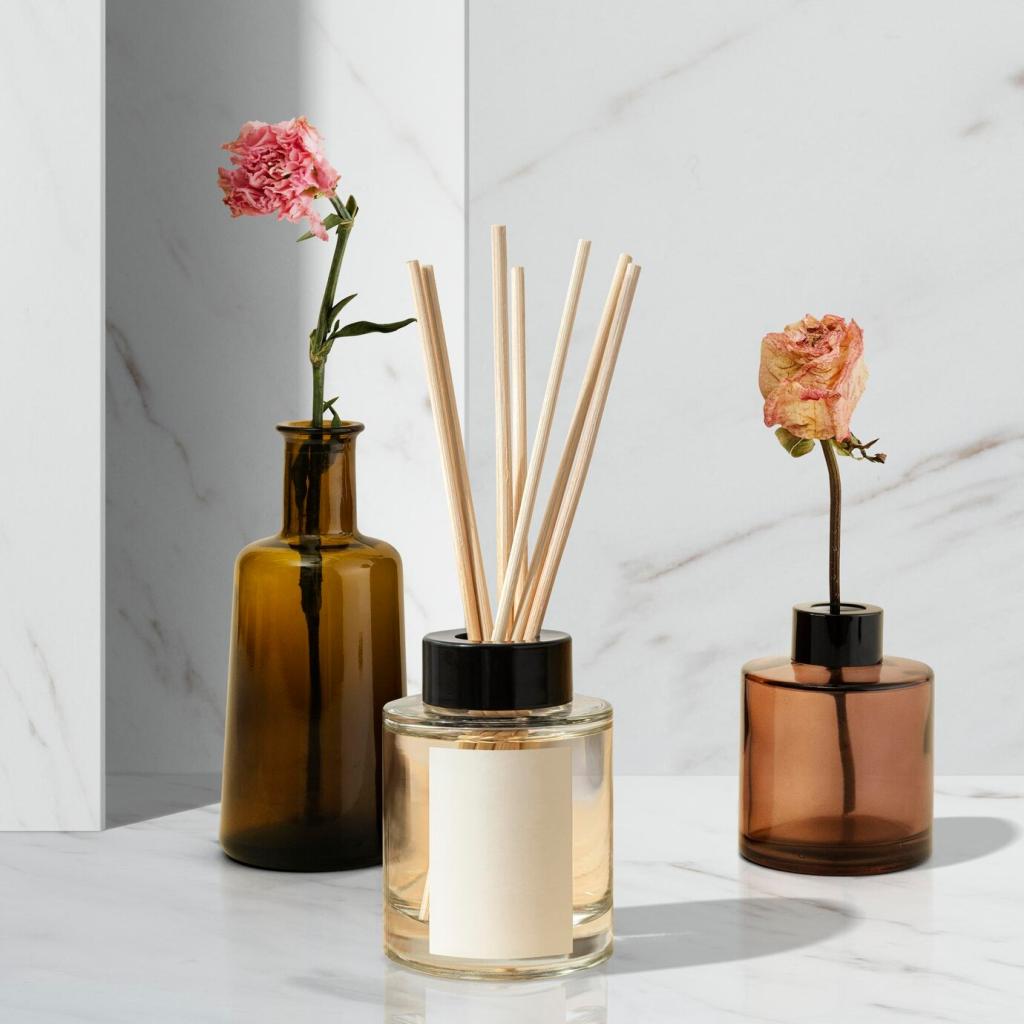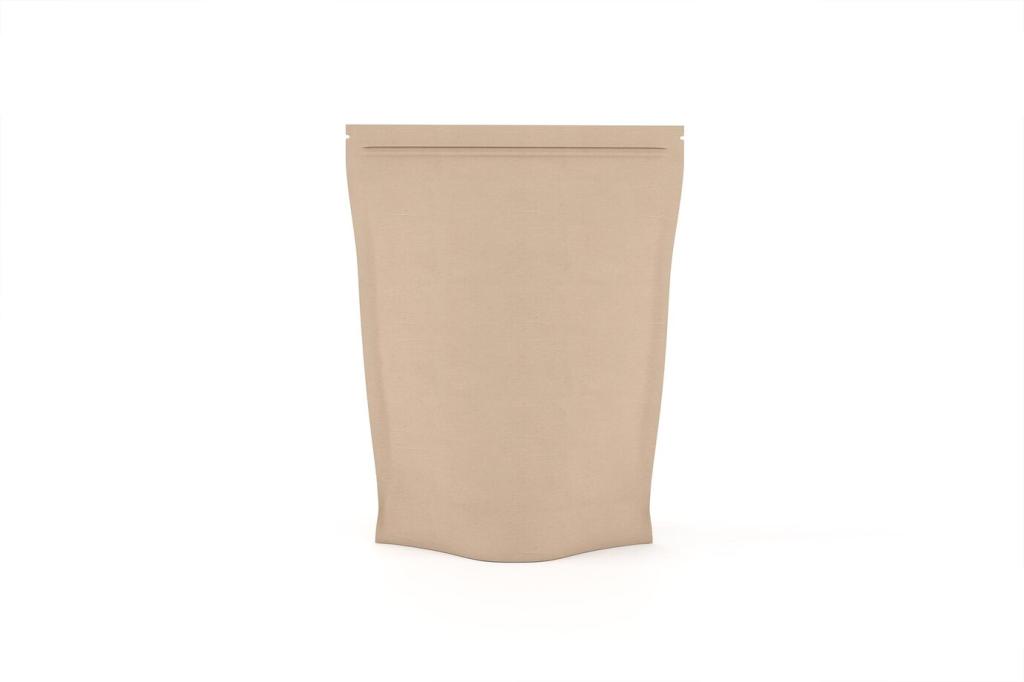Incorporating Nature into Modern Interiors
Bringing elements of the natural world into modern interiors creates a harmonious blend between contemporary design and organic beauty. This approach not only enhances aesthetics but also promotes well-being, productivity, and comfort within living and working spaces. By thoughtfully incorporating natural materials, colors, and forms, interiors become warm, inviting, and anchored in a timeless sense of tranquility. This page explores innovative ways to infuse natural elements into modern interiors, guiding you through foundational principles, material choices, design ideas, and lifestyle benefits that emerge from embracing nature indoors.

The Foundations of Biophilic Design
Since ancient times, people have instinctively sought connection with nature for comfort and inspiration. Modern psychology and neuroscience back this up, demonstrating that natural surroundings reduce stress, boost mood, and enhance overall well-being. Incorporating nature into contemporary spaces taps into this innate desire, transforming sterile environments into rejuvenating retreats. Recognizing this fundamental bond allows architects and designers to create interiors that not only look beautiful but also support mental health and happiness.

Wood’s Warmth in Every Room
Wood remains one of the most popular choices for introducing nature, valued for its versatility, warmth, and timeless appeal. Whether exposed beams, intricate wall paneling, or smooth hardwood floors, wooden elements immediately soften angular, contemporary spaces and infuse them with a sense of organic energy. Responsibly sourced wood also speaks to environmental stewardship, ensuring that interiors are as thoughtful as they are beautiful. The inclusion of wood helps residents feel more connected to the natural world daily.
The Cool Strength of Stone
Stone surfaces—from marble countertops to slate tiles and river pebbles—bring an element of durability and groundedness to modern interiors. The natural veining and color variations within stone create visual depth and a tactile contrast to sleek, man-made finishes. Stone can serve as both a statement and a subtle background, connecting spaces to the earth’s ancient history. This grounding presence balances the lightness of contemporary design, fostering interiors that feel both substantial and serene.
Sustainable Textiles and Fabrics
Textiles derived from natural fibers, such as cotton, linen, or wool, introduce softness, texture, and a sense of comfort. In modern interiors, these materials are often chosen for upholstery, curtains, or area rugs, adding layers of tactile interest without overwhelming the minimalist aesthetics common to contemporary styles. Opting for organic or sustainably produced fabrics reinforces a commitment to environmental responsibility while enhancing the overall sensory experience within the home.

Modern architecture often emphasizes open floor plans and large windows, which make it easier to capture and distribute sunlight throughout interiors. Thoughtful placement of mirrors and light-colored surfaces can amplify this effect, illuminating rooms and creating an airy atmosphere. The influx of daylight activates a sense of well-being, boosts Vitamin D absorption, and helps spaces feel more expansive and less confined, infusing even the heart of the city with a touch of the outdoors.

Plants serve as the living heart of a nature-inspired interior, purifying air, reducing toxins, and offering lush focal points that soften hard lines. Selecting a mix of species—from tall, sculptural trees to trailing vines and succulents—creates layers of interest and supports biodiversity. Plants respond to care, growing and evolving over time, which introduces an element of gentle unpredictability. Their presence not only adds beauty but also engenders responsibility and mindfulness in daily living.

For those seeking a dramatic statement, living walls or vertical gardens provide a vibrant, immersive way to introduce greenery into modern spaces. These installations can purify indoor air and act as a dynamic work of art, changing with the seasons and the growth cycles of the plants. Whether small or grand, living walls reconnect inhabitants with the rhythms of nature and serve as a constant reminder of the world beyond walls, fostering a unique harmony within the built environment.
